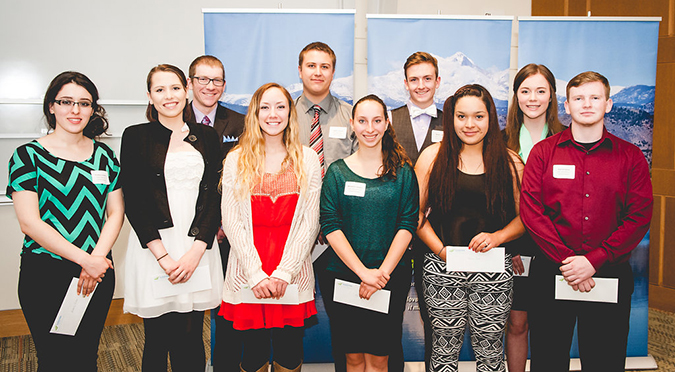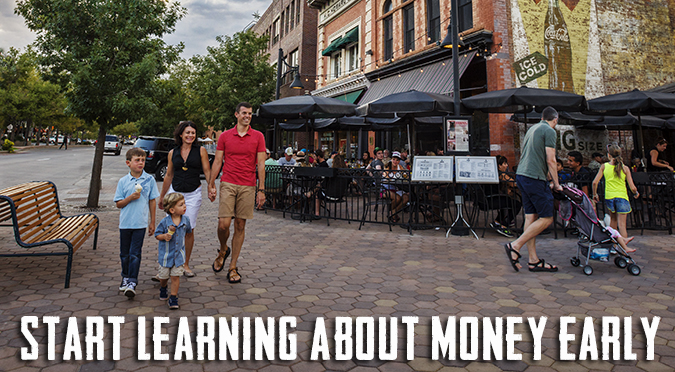The Museum of Boulder’s Archive 75 will feature 75 artifacts and documents that help paint the picture of Boulder’s 150-year evolution from pioneer mining town to a bastion of liberal social causes and a global center for science, technology and outdoor recreation. This installation in the 2,600-square-foot main exhibit gallery on the first floor of the Museum of Boulder will be open from mid-October 2019 to March 2020 in celebration of the museum’s 75th Anniversary.
We visited the Museum of Boulder while they were installing this exhibit to give you a sneak peek at 8 of the 75 artifacts that will be on display.
Martha Maxwell’s Hunting Outfit – c. 1870
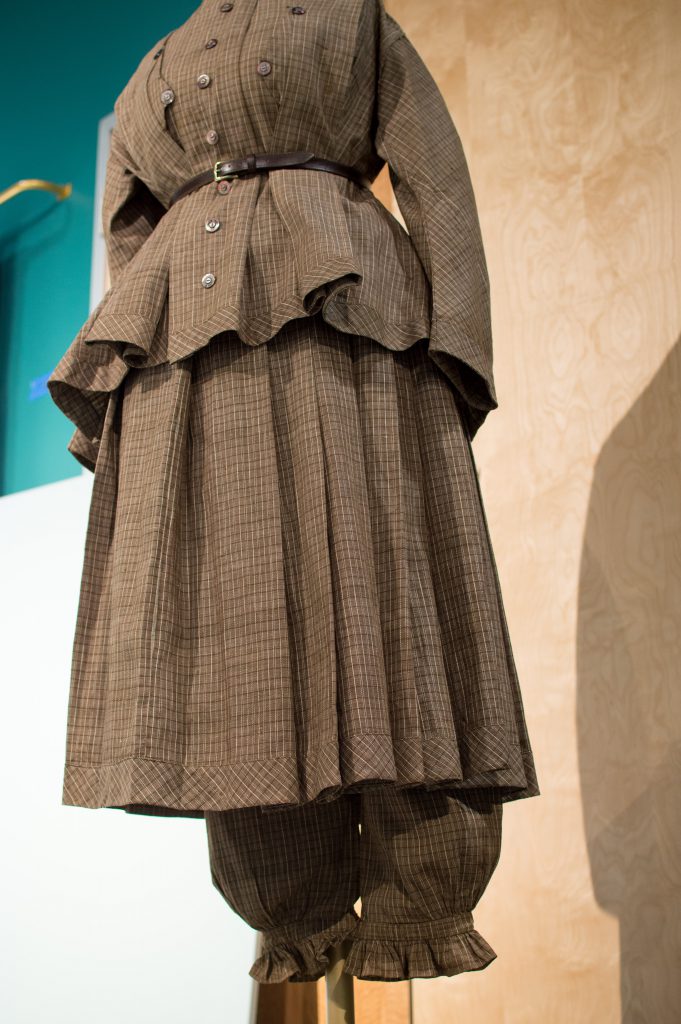
Martha Maxwell was a 19th century hunter, taxidermist and feminist. On her hunting trips, Martha often wore this “bloomer suit,” a three-piece outfit consisting of a cotton and linen jacket, knee-length skirt and bloomers. Martha’s outfit was very similar in style to the suits worn by Amelia Bloomer (bloomers’ namesake) and other 19th century feminists who promoted these outfits as a convenient alternative to long Victorian dresses.
Hair Wreath – c. 1850-1900
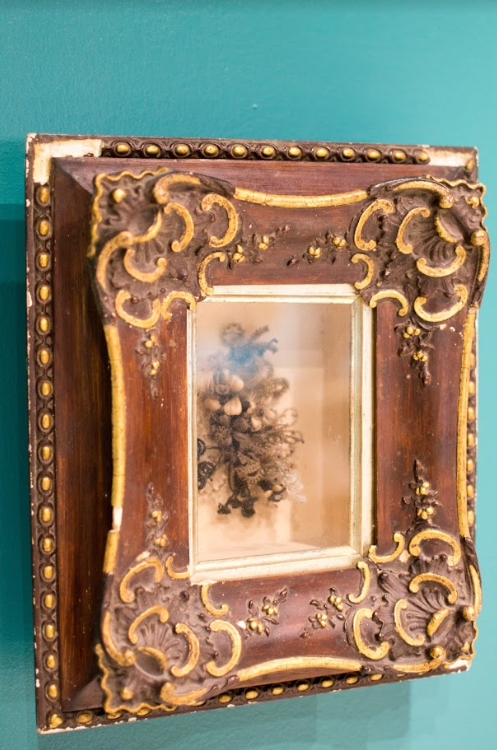
This wreath, fashioned from human hair and made to look like flowers, is one of the collection’s beautiful oddities. Wreaths and other trinkets made of hair, like rings and necklaces, were popular during the Victorian era in both Britain and the United States.
Corn Sheller – c. 1910

This machine removed kernels from a cob of corn. After the 1859 gold rush, farming in Colorado increased as prospectors like the Wellman Brothers, who established the first farm in what would become Boulder County, abandoned mining to take advantage of the exploding population. The signing of the Homestead Act in 1862, which required pioneers to plant crops to secure their allotments, also boosted agriculture. Although wheat was the most profitable crop in Boulder County at the time, corn and potatoes were also important to the area.
Votes for Women Banner – c. 1912
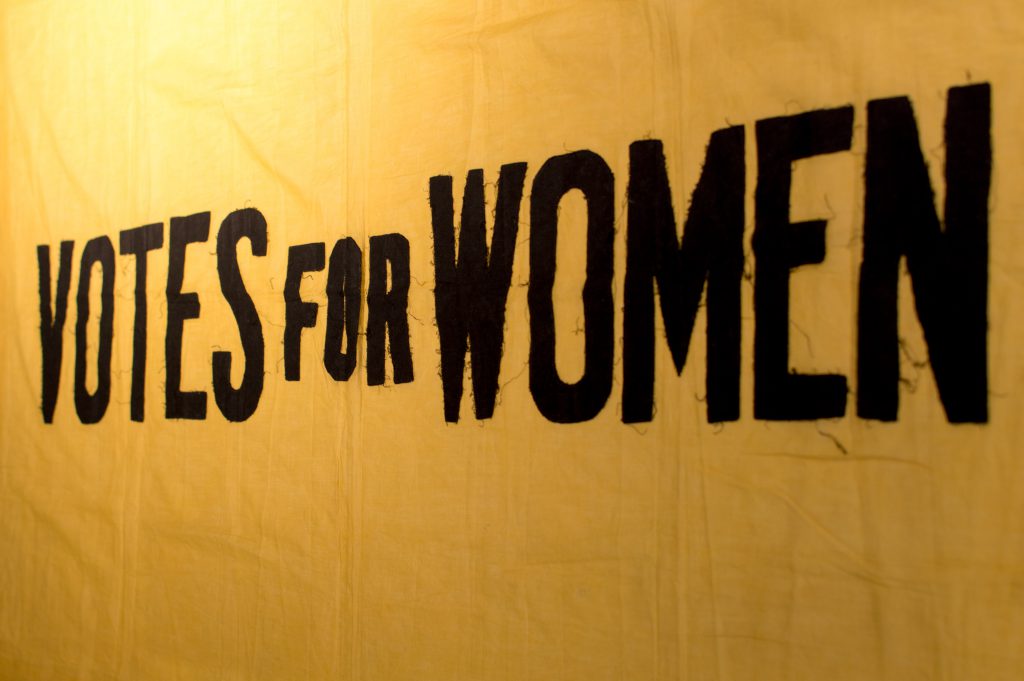
The owner of this banner, Mrs. Mildred Smith Langdon, lived in Ohio and won the right to vote in her state nearly three decades after women in Colorado. Many western states granted women’s suffrage before the 19th Amendment, in part to attract more women to the region, but also thanks to the massive mobilization of western women’s organizations. While Colorado was not the first western state to grant suffrage, it was the first to do so by statewide referendum, in 1893. The women of Colorado had secured a referendum vote 16 years earlier, but it was defeated in every county except Boulder.
U.S. Flag – 1942
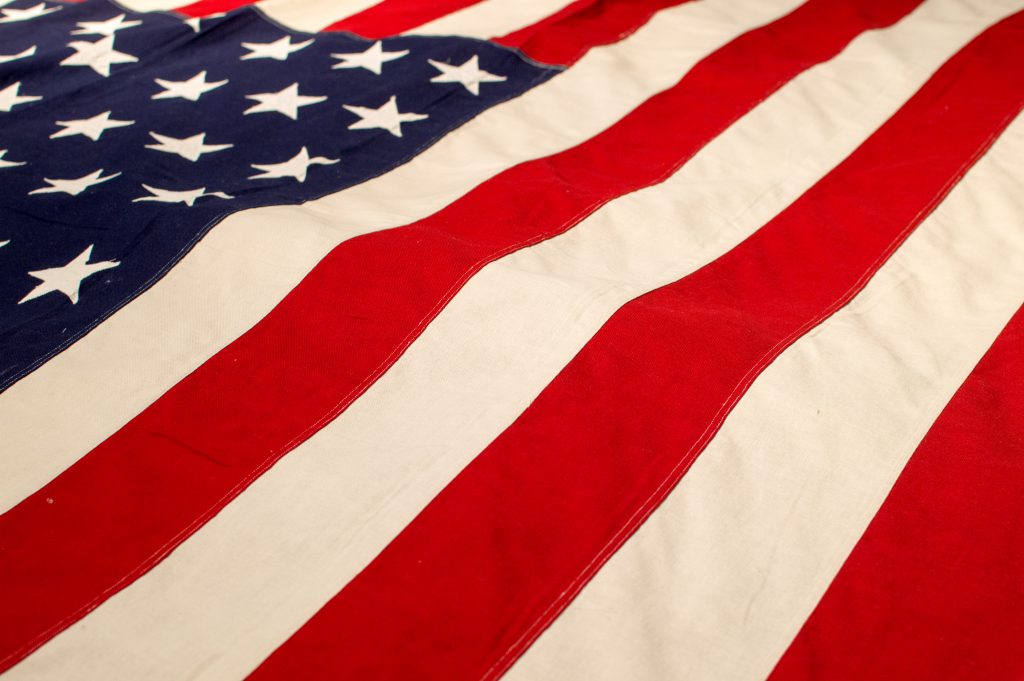
This 48-star U.S. flag was the casket flag for Paul C. Averill Jr., the first Boulder County youth killed in World War II. Born in 1918 near Broomfield, Averill lived in Boulder and Kansas before joining the United States Army Air Forces officer training at Minter Field in California. Sadly, at 24 years old, he was killed in an unexplained crash during a training flight on August 12, 1942. Averill was buried at Green Mountain Cemetery in south Boulder with full military honors, and the Daily Camera remembered him as “excellent, brave and courageous.”
Turnpike Commemorative Shovel
– 1950
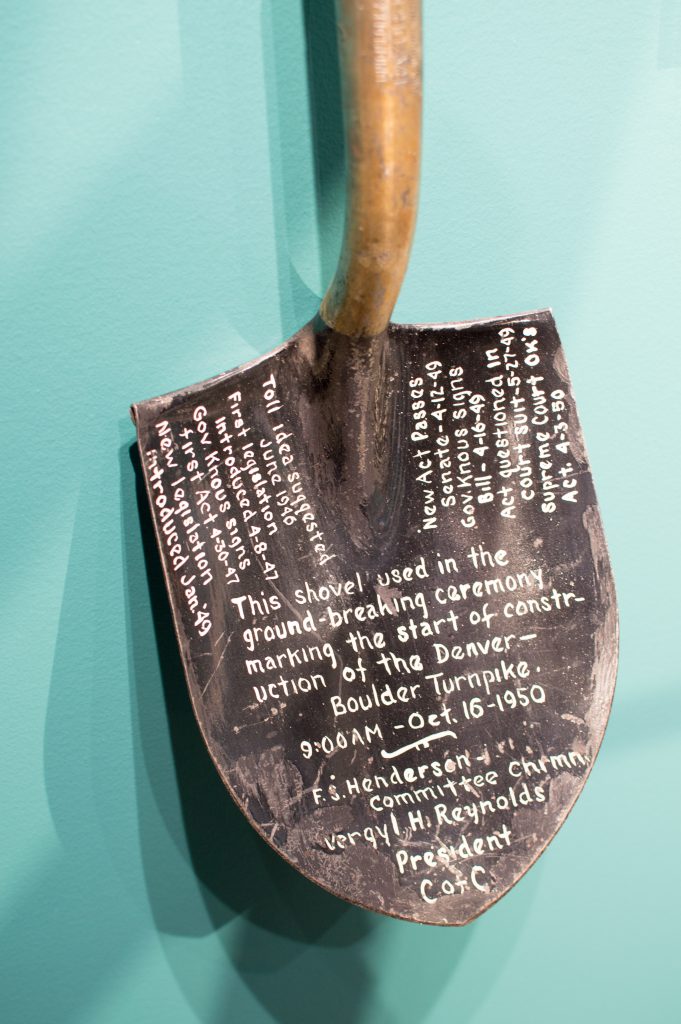
Before the Denver-Boulder Turnpike, or U.S. 36, was completed in January 1952, travel between the two cities required motorists to take a long and winding journey east on State Highway 7 (Baseline Road) and south on U.S. 287 to Federal Boulevard. As early as the 1920s, University of Colorado engineering professor Roderick Downing proposed a highway between Denver and Boulder. This shovel, which bears the signatures of the dignitaries who were present, was used to break ground on the project on October 16, 1950, after the Colorado Legislature approved Downing’s idea.
Mork & Mindy On-Set Sign – 1978
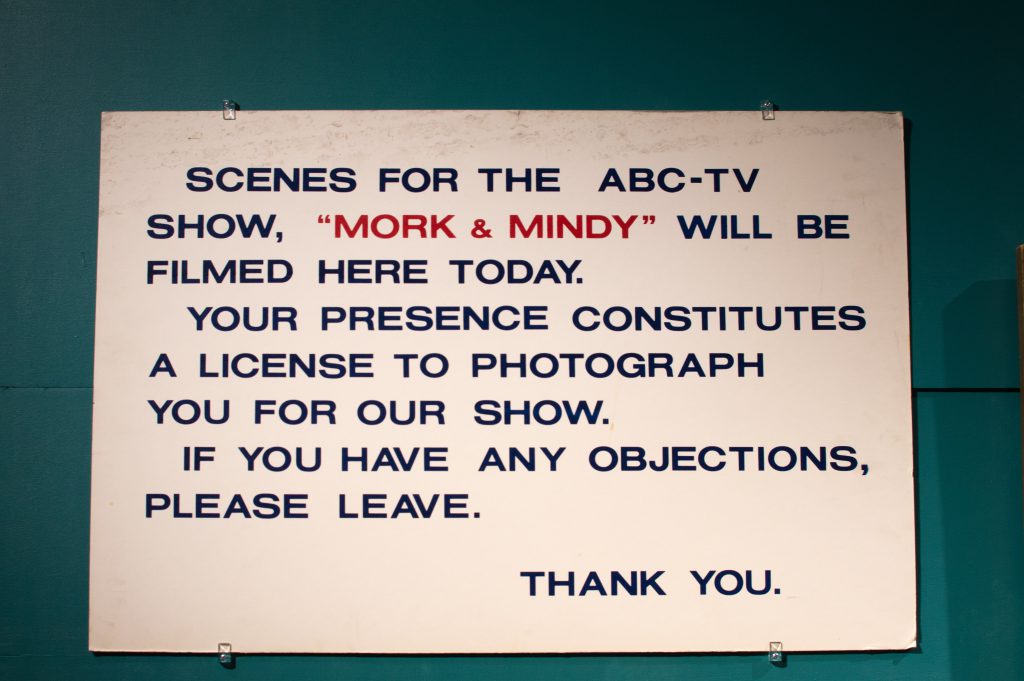
In the summer of 1978, Hollywood came to Boulder as an ABC TV crew filmed scenes here for their new sitcom, Mork & Mindy. The show catapulted Robin Williams to fame for his role as Mork, an alien who lands in Boulder and befriends Mindy, a University of Colorado student played by Pam Dawber. While the show was mostly filmed on soundstages in California, a few scenes were filmed in Boulder.
Mailbox found as debris from 2013 Floods – 2013
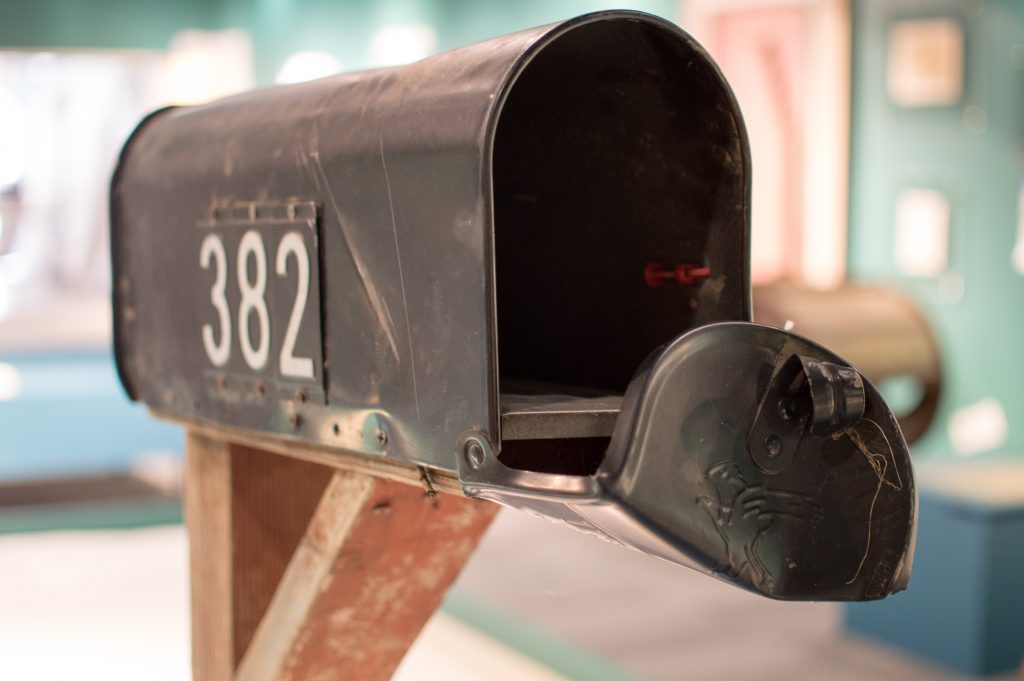
Early September in 2013 was unusually hot and dry, but the weather soon took a drastic turn, triggering flash flood warnings across Boulder and Larimer Counties. By September 12, flood conditions stretched for 150 miles from Colorado Springs to Fort Collins. The three-day rainfall in Boulder exceeded the monthly total for rainfall for any month since recordkeeping began in 1897. A few months later, the staff at the Museum of Boulder began planning the one year anniversary exhibit and collected artifacts to tell the story of the historic floods. Museum staff found this mailbox wedged against a tree at “ground zero” in Lyons (Park Street and St. Vrain River). Research shows the mailbox came from 382 Apple Valley Road, over a mile away from where it was found.
We encourage you to visit the museum and see these and many more artifacts in person. Plan your visit to the Museum of Boulder today.
